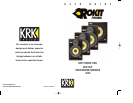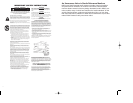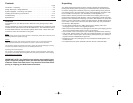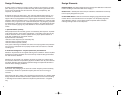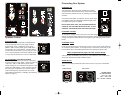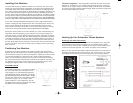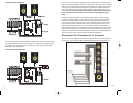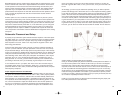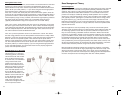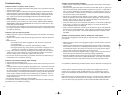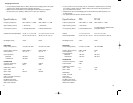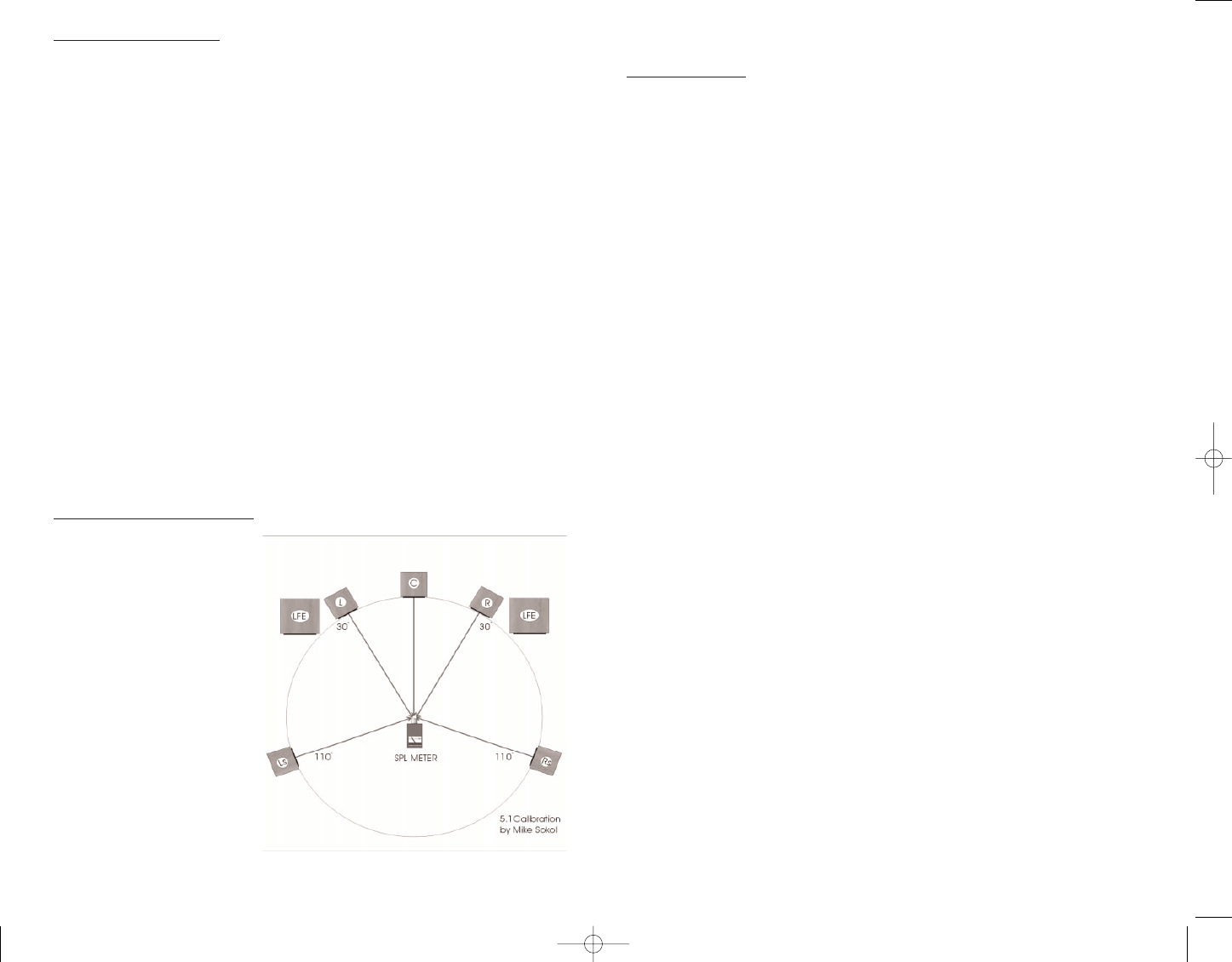
Setting Subwoofer Levels
Once the subwoofer is in position, its level needs to be matched with the near-field
speakers. For stereo systems, the process is straightforward. Obtain an SPL
(Sound Pressure Level) meter. Set the low-pass filter on the KRK subwoofer back
plate to 80 Hz (12 o'clock position) — if you will be using the internal high-pass fil-
tered outputs from the subwoofer to the near-field speakers.
Now, route 1-octave wide, band-pass pink noise to the monitor system, which will
be sent to the main speakers through the subwoofer or bass-management filters. A
good choice is 500 to 1,000 Hz band-passed pink noise, which is within the funda-
mental frequency range of many vocalists, and minimizes high-frequency problems
but doesn't excite the subwoofer. Set this to a comfortable monitoring level.
(Typically 85 decibels SPL using the C response curve on the SPL meter)
Next, route 1-octave, band-passed, bass pink noise to the subwoofer via the same
filter path. A good noise choice is 35 to 70 Hz, which is below the 80-Hz frequency
of the subwoofer high-pass filter, but sufficiently high enough that most subwoofers
will have adequate response in that band. Set the gain of the subwoofer level con-
trol until it matches the same 85-decibel SPL level.
Then, turn up the low-pass filter control on the subwoofer to 130 Hz. This allows
the bass energy between the near-field speakers and subwoofer to overlap. While
listening to it from the console mixing position, route pink noise with a band-pass of
80 Hz to 130 Hz to the speaker system. Have someone flip the phase switch
between 0 and 180 degrees, and then back, and note which position sounds loud-
est. The loudest position is correct and in phase. Now return the low-pass filter to
the 80-Hz position (or another frequency if you are using external high-pass filters
for the near-field speakers). Your subwoofer should now be properly aligned for
phase, level and spectral response.
Beyond Stereo to 5.1 Surround
When using a subwoofer for the
LFE channel in a 5.1 surround
monitoring system, note that the
LFE channel is set with an addi-
tional 10 dB of monitoring gain.
To set this level, we recommend
using 2-octave-wide, band-
passed, pink noise from 20 to
80 Hz for the LFE channel and
500 Hz to 2,000 Hz for the near-
field speakers. After adjusting
each near-field speaker one at a
time to 85 dB SPL, adjust the
LFE channel 10-dB louder or 95
dB SPL. Use the LFE level trim
for this adjustment rather than
the subwoofer gain control,
which would corrupt the sub-
woofer bass management levels
set in the previous section.
Bass Management Theory
Bass Management
Bass management is a method for extending the bass response of small, near-field
speakers used in 5.1 surrounds sound systems (familiarly called Home Theatre
systems). This is done by routing frequencies below a cutoff point to a separate
subwoofer (Sometimes called "bass redirection" in home-theater receivers, the
process can usually be enabled by selecting "Small Speakers" from a speaker-
setup menu.). This process places a group of two-way filters in the speaker output
path, typically at 80 Hz. (See Figure 1.) These filters route all sonic energy above
this given frequency (e.g., 80 Hz) to the Left, Center, Right, Left Surround and
Right Surround speakers. In turn, the process redirects the low-frequency energy
from the five full-range channels to a single subwoofer, which also reproduces the
separate LFE channel.
Bass management is used in practically every consumer home-theater system.
Therefore, audio engineers mixing for modern listeners should realize that their stu-
dio monitoring systems must be able to reproduce sufficient low frequencies so
they can avoid recording undesirable subsonic information. Without such studio
monitoring, it is possible to release a mix with infrasonic problems, such as plosive
pops, air conditioner rumble, traffic noise, footsteps, etc. These subsonic noises will
be eliminated (masked) by the natural high-pass filter effect of using near-field
monitors with a response that goes down only as low as 40 or 50 Hz. Thus, infra-
sonic problems may not be recognized (heard) in the studio. Since, however, virtu-
ally all home-theatre systems use subwoofers with bass management; consumers
will hear these infrasonic problems at high volume levels in their home.
Bass management effectively extends the low-frequency response of near-field
monitors down into the 20-30 Hz range (depending on the subwoofer used). This
allows the engineer to take evasive action in the studio, such as engaging high-
pass filters on input channels and microphones, adding pop filters and suspension
mounts to microphones and correcting HVAC and other rumble problems.
13
14



